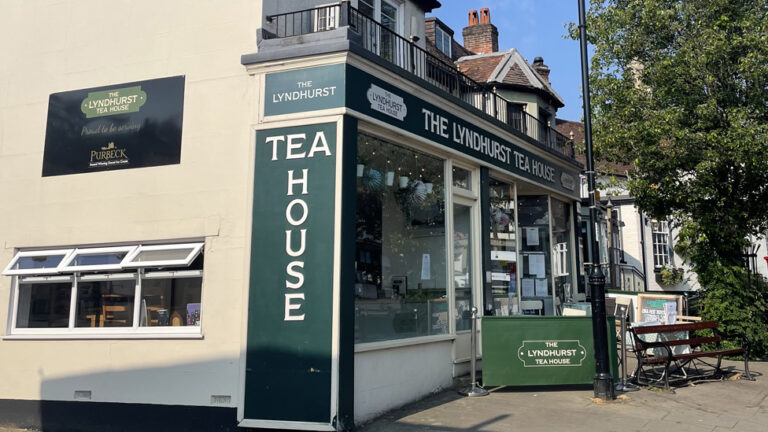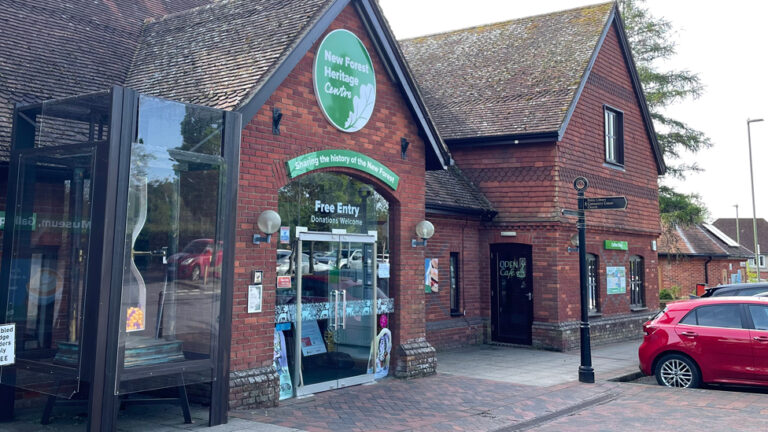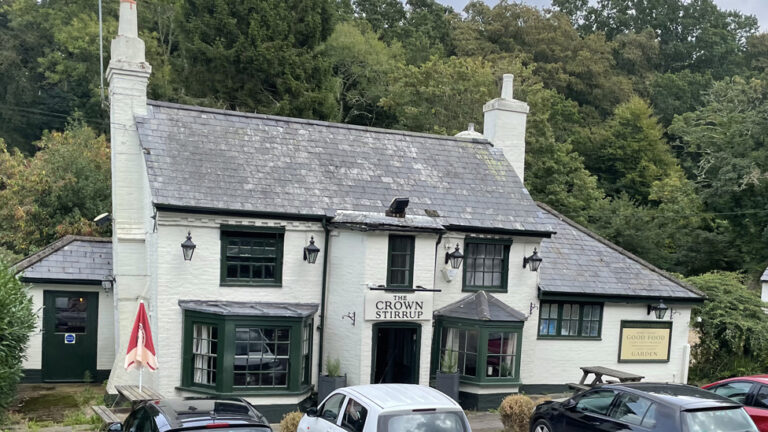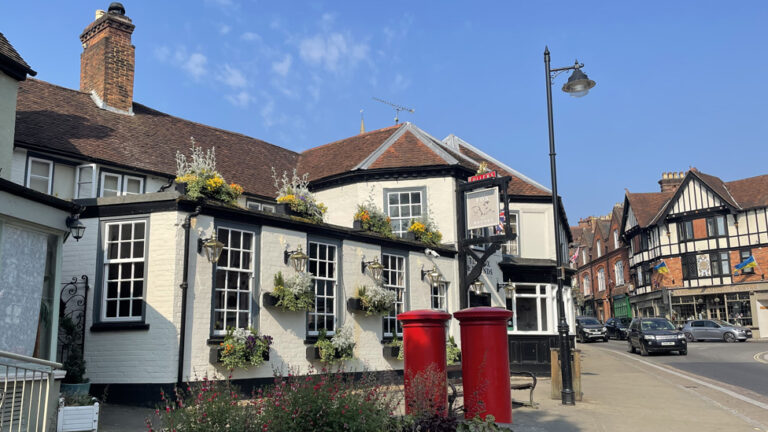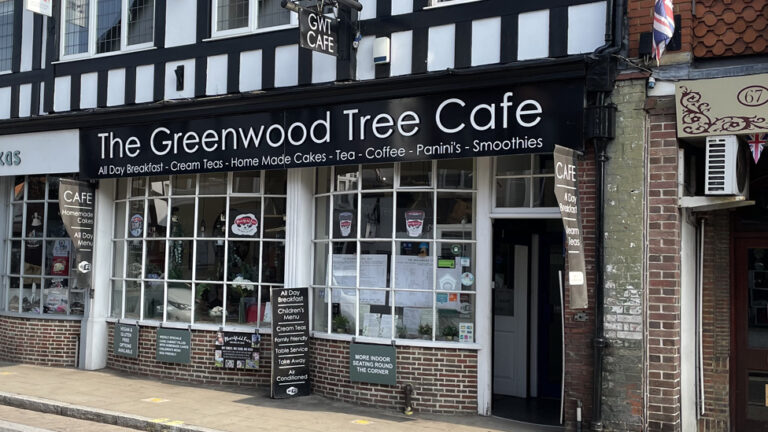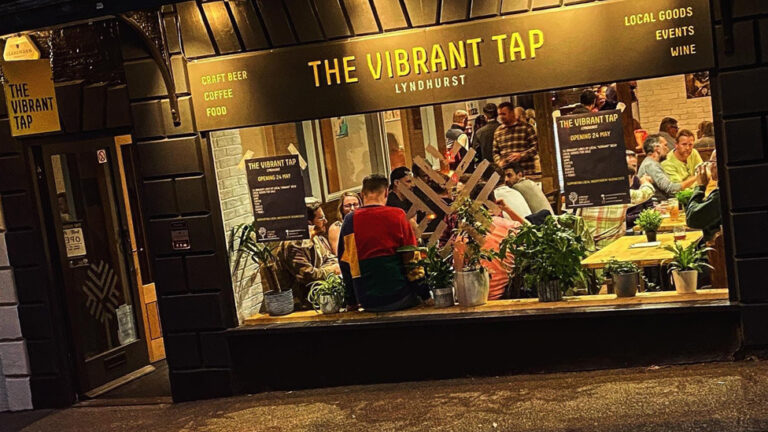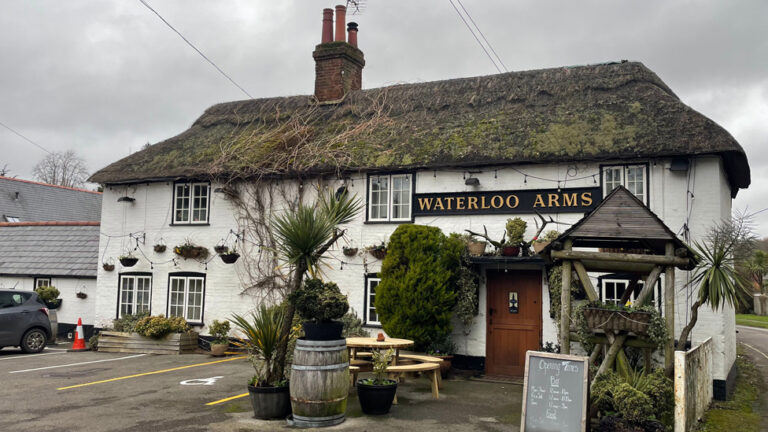Bolton’s Bench
Route
From the Bolton’s Bench car park, walk up the slope to the famous bench.
Legend has it that the hill was formed from the corpse of dragon.
In the Middle Ages, the village of Bisterne near Burley was terrorised by a fierce dragon. A brave knight, Sir Maurice de Berkeley, arrived to rid the villagers of their nemesis.
The story goes that, after battling the beast across the New Forest, he eventually slew the dragon here and its body became the hill. The knight however was a broken man and he and his dogs eventually lay down and died – yew trees grew where they fell at the top of the mound.
The hill is actually a natural sandy mound. The bench commemorates the 18th Century New Forest Master Keeper, the Duke of Bolton. It offers views over the village, the surrounding grass lawns, cricket pitch and out towards White Moor.
Looking back to the north of the village you can see the impressive Notherwood House at Emery Down. Now converted into private flats, the 18th Century country house has views over the forest towards the Solent.
Advertisement
Go past the barrier road and cross the road and head down the short gravel path opposite. At the end of the path is a gate into Pondhead Inclosure.
Continue on the path past some of the hazel coppicing done by the Pondhead Conservation Trust. The inclosure has not been grazed by animals for centuries so has a rich array of flora, birds and butterflies. In spring, this area is a sea of bluebells before the trees are fully in leaf and the sunlight is able to reach the forest floor. Also along the path, look out for Balanos – a dragon carved into a fallen tree trunk.
Follow the path straight through the inclosure until the gate leading on to Beechen Lane. Turn left through the double pedestrian gate and follow the length of the lane through Park Ground Inclosure.
After about 2km you’ll reach the end of Beechen Lane. Turn left and go through the gate. You’ll pass an area of cleared plantation on your left, before entering the beautiful beech and oak woodland of Denny Inclosure. After 1km you’ll gradually head downhill and go through another inclosure gate.
Cross the stream ahead of you via the footbridge. This stream meanders its way across Matley Bog and eventually joins the Beaulieu River. Take the path ahead of you climbing up from Holmhill Passage across another area of cleared plantation woodland. After 300m, when the path meets another coming up the hill, take a right turn, then a quick left turn to join a path past a barrier which leads on to the Beaulieu Road.
Cross the road and join the narrow sandy track across the ridgeway overlooking the moor. Follow the track for 1.6km, parallel to the road, as it takes you back to Bolton’s Bench.
The moor is an expanse of heathland that extends from Lyndhurst towards Matley Wood and Ashurst. During World War One, White Moor was also used as a training site with practise trenches dug to replicate the battlefields in France.
The now-quiet heath would have echoed to the constant sounds of blasts and explosions as soldiers trained with grenades, landmines and mortars. Military dogs were also trained to carry messages through the trenches.
Unexploded items of ordnance have been found on the moor ever since, although systematic search and clearance work in recent years has made it safer. Walkers are still warned to take care if they come across any suspicious objects.
A disused sand pit at Parc Pale car park is on your left as you walk in the direction of Lyndhurst. The park pale was an earthen bank and ditch which enclosed a deer park. It dates back to the 13th Century when it was part of the royal hunting forest.
You’ll see as far as Southampton docks and Ashurst to the east. Also on the skyline is the distinctive Georgian mansion, Notherwood House, and the spire of St Michael and All Angels Church in Lyndhurst as you walk back towards the village.
Advertisement
View Map
Download GPX
Download PDF Guide
Essential Information
Weather

